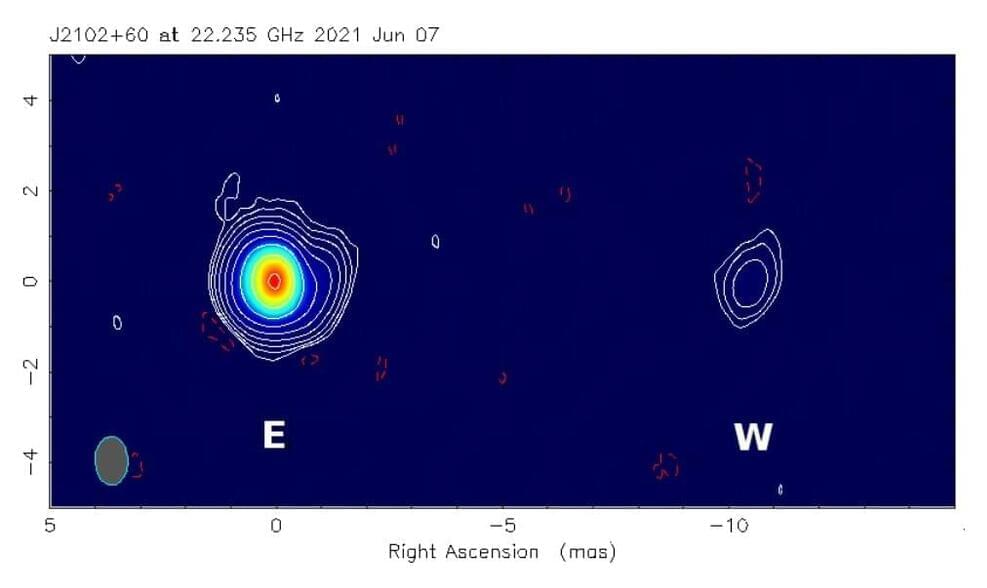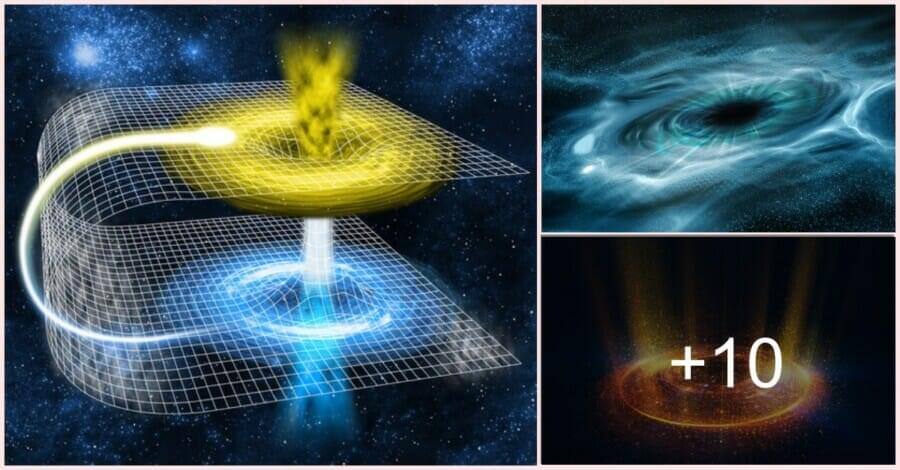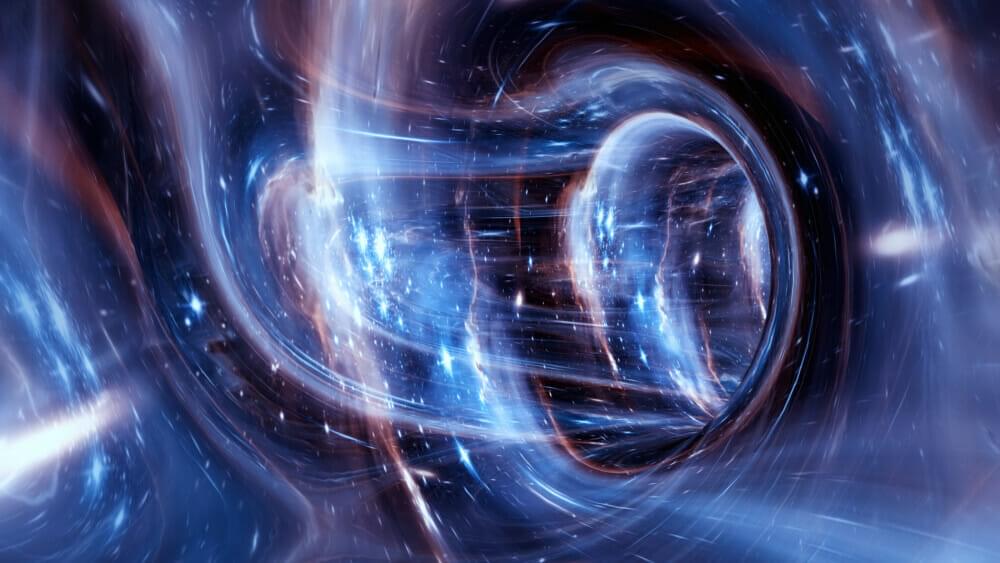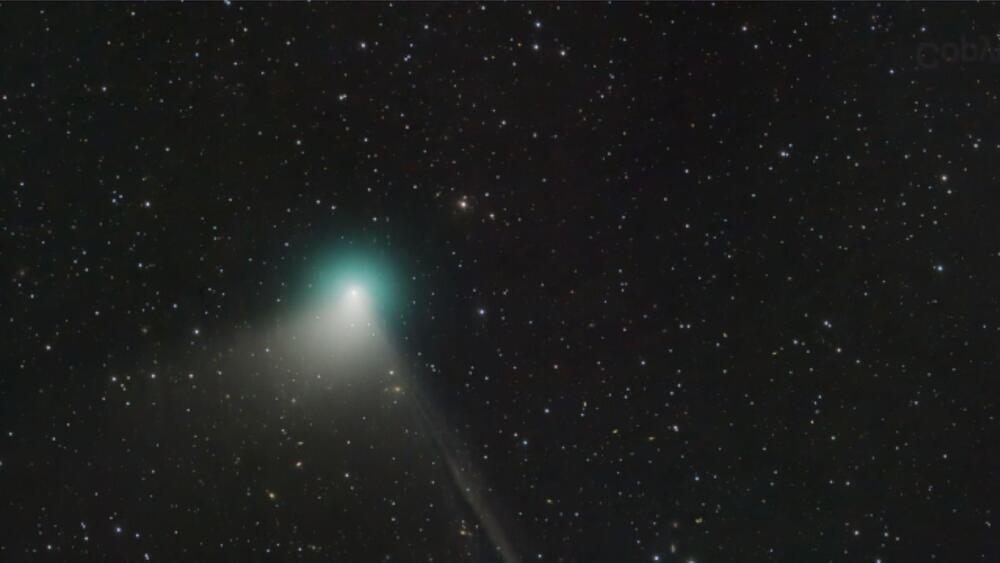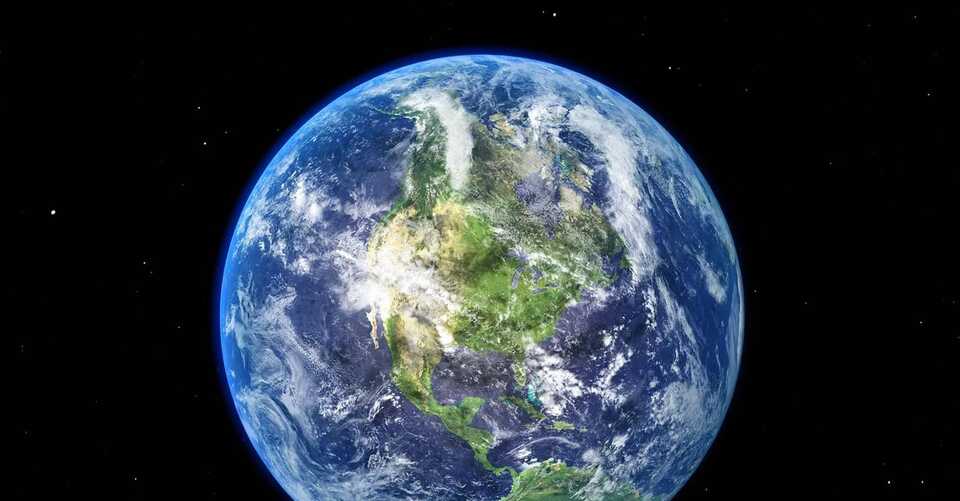(http://www.evol-net.fr/index.php?option=com_tlpteam&view=team&id=2&Itemid=559) is a Research Director at the French National Centre for Scientific Research (CNRS), the French state research organization and the largest fundamental science agency in Europe.
Dr. Bapteste has both a Ph.D. in evolutionary biology from Pierre and Marie Curie University and a Ph.D. in the philosophy of biology from Pantheon-Sorbonne University.
Dr. Bapteste is the Co-Director of the Adaptation, Intégration, Réticulation, Evolution (AIRE) team, which develops new methods and new concepts, in particular related to biological networks, in order to study evolution and aging. Specifically, the AIRE team works to enhance the evolutionary theory i) by expanding its scope by targeting additional objects of studies (such as novel units of selection and novel still unknown taxonomical groups from the microbial dark matter, and mobile elements) and ii) by expanding evolutionary studies towards more general models, able to in particular account for chimerism and interactions between biological elements, from molecules to ecosystems.
Dr. Bapteste is the author of 95 scientific articles and 4 books of popular sciences: “Les gènes voyageurs: l’odyssée de l’évolution”, “Conflits intérieurs: fable scientifique”, “Tous entrelacés! Des gènes aux super-organismes, les réseaux de l’évolution”, and “Tout se transforme! Comment marche l’évolution”.

